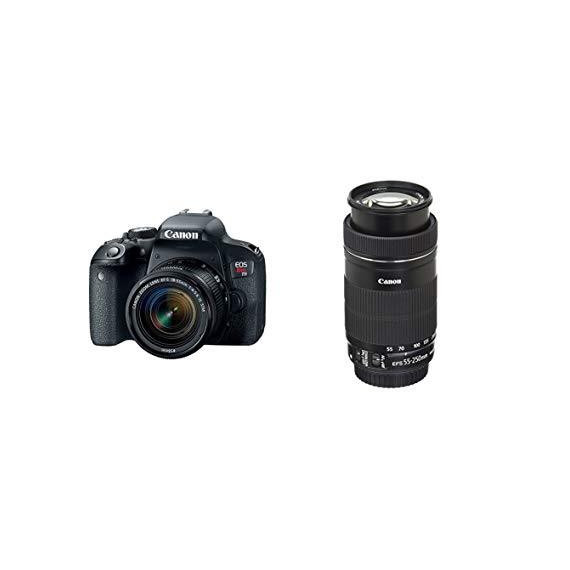Chris Winter
- التعليق





























